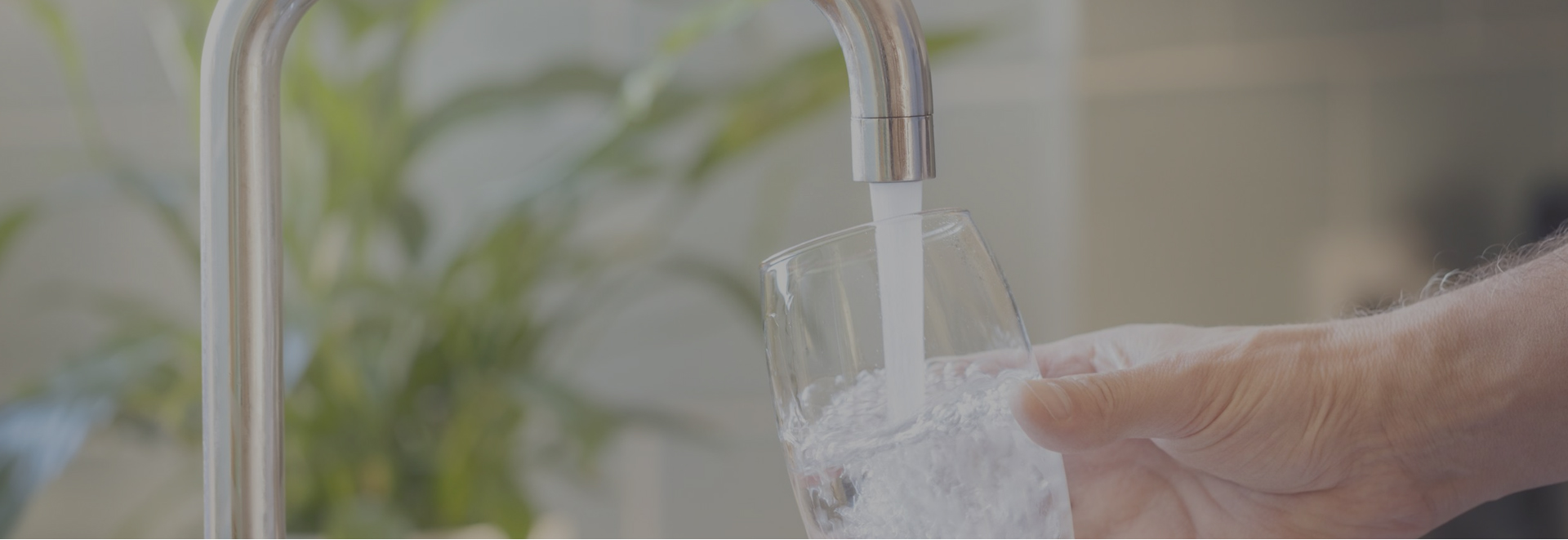 语言
语言
The purchase of household water purifier depends on the demand, so as to avoid detours
Recently, many people who moved to new homes reported that they wanted to buy a water purifier for their families. However, there are many kinds of water purifiers on the market and their prices are different. Not only that, with the upgrading of the product, the functions of the water purifier are constantly upgrading and subdividing. The prices of products with different functions and materials will also be different, and the prices online and offline are also far from each other. How to choose it has become a difficult problem. In fact, when purchasing a water purifier, you should first understand the demand for the product. In addition, you should know the basic functions of the water purifier in advance, so that you can avoid detours.
The working principle of the water purifier is to filter water through filter elements of different specifications, which can be divided into microfiltration, ultrafiltration, nanofiltration and reverse osmosis according to the filtering accuracy. Among them, the water filtered by microfiltration, ultrafiltration and nanofiltration is called purified water, which is generally used as kitchen water for washing vegetables and cooking, but cannot reach the standard of direct drinking. Because the ultrafiltration membrane with the minimum filtration precision among the three is only 0.01 μ m, it can not completely filter out heavy metals and organic pollutants. RO reverse osmosis filtered water is called pure water, which can be directly drunk. The filtration precision of RO membrane is 0.0001 μ m, which can basically remove all other impurities in the water. Therefore, as a drinking water purifier that can produce direct drinking water, it must contain RO reverse osmosis filter element. When purchasing a drinking water purifier, be sure to carefully check whether it contains RO reverse osmosis filter element. Especially for those who are going to install the pipeline machine, the kitchen water purifier should also choose RO reverse osmosis.
The filtering effect of the water purifier is directly related to the filter element level and type. Generally, it is recommended to select a five level filter element. The mainstream scheme is PP cotton+granular activated carbon+ultrafiltration membrane+RO membrane+post activated carbon. The first three levels of filtration (PP cotton+granular activated carbon+ultrafiltration membrane) produce purified water for domestic use, and the last two levels of filtration (RO membrane+post activated carbon) produce pure water that can be directly drunk.
If you choose to purchase a water purifier, it is enough to look at the general indicators of type, water efficiency, flux and filter element. However, as a drinking water purifier that can produce direct drinking water, it is also necessary to pay attention to the type of heating body, because it is directly related to the speed of hot water outflow and the accuracy of temperature control. The types of heating body include liner type and non liner type. The liner type belongs to the early technology, which is equivalent to the combination of "fast heat"+insulation tank. Due to the water storage design, it is not limited by the filter element flux in a short time, and the hot water outflow rate is fast, but the tank heating will produce thousands of boiling water, which is not conducive to human health, and the temperature can not be controlled, only the temperature of boiling water. The tankless type can also be divided into four types: single tube, double tube, electric heating film and thick film. At present, the best performance is thick film heating, which is not only faster, but also can accurately control the temperature. Of course, its cost is higher.
In addition, in order to meet the needs of more consumers, some water purifier products also add water quality detection, intelligent detection and other functions. With the increase of personality functions, the price cost is also rising. Therefore, consumers should choose according to their own needs in order to accurately buy appropriate products.




